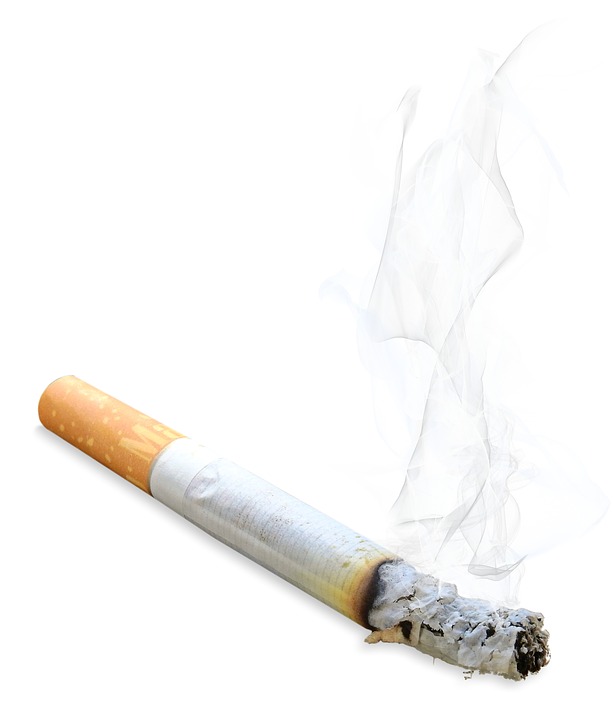Sudden infant death syndrome (SIDS) is the sudden, unexplainable death of children under the age of one. While rates have significantly decreased due to research and public advocacy, it remains the leading cause of infant death in Canada.

Researchers from the University of Calgary’s Cumming School of Medicine are one step closer to understanding how exposure to cigarette smoke increases the risk of SIDS, and how the cumulative effect of high environmental temperatures (caused by factors such as co-bedding and over-wrapping) and exposure to infection also increases the risk. The study findings were recently published in the journal American Journal of Physiology – Regulatory, Integrative and Comparative Physiology.
“It’s important to understand how these environmental factors increase risk so we can better alert parents of the potential danger of these situations,” says Dr. Shabih Hasan, Professor, Department of Paediatrics, member of the university’s Alberta Children’s Hospital Research Institute and senior author on the study.
The study exposed animal models to cigarette smoke in utero and subsequently exposed them to infection-causing bacteria and high environmental temperatures when they were born. The study found that the smoke-exposure group had increased temporary interruptions of breathing, higher rates of cytokine (inflammation causing messenger cells from the immune system) production and an increased heart rate when exposed to infection and high environmental temperature.
Researchers also observed that in both the smoking and non-smoking group, increased body temperature and exposure to infection suppressed the heart rate to levels normally only observed in low oxygen environments (experienced in scenarios such as sleeping under a blanket).
While the studies were conducted in animal models, Hasan says these findings are relevant to humans as they are modelled after evidence in human infants who died from SIDS. Currently, one in 2,000 babies in Canada will die from SIDS.
“These findings emphasize the importance of advocating for a safe sleep environment for babies,” says Hasan. “This includes avoidance of over-wrapping infants, setting a reasonable room temperature, avoidance of co-bedding, placing babies to sleep on their back and the avoidance of cigarette smoke both during pregnancy and after infants’ birth.”
Sarah Cormier is an Airdrie mother whose daughter, Quinn Isla, died of SIDS at the age of four months in 2014.
“Our initial reaction was of shock, loneliness and surprise,” she says. “SIDS is every parent’s worst nightmare and we are now living it. We were aware of the risk factors but it’s hard to believe that it still happens and that it happened to us.”
Cormier says Hasan’s research and any other research investigating the mysteries behind SIDS is welcomed.
“We are hopeful that this is one step closer to finding out what happens to these babies,” she says.
Since the 1990s, “Back to Sleep” public advocacy and media campaigns decreased the SIDS rate by more than 50 per cent. However, the rates of SIDS must be further decreased as one infant death is too many. Hasan and his team are certain that more informed infant care practices will further reduce the SIDS rates. Important changes in infant care practice involve the following:
- “Back to Sleep” position for every sleep.
- Room sharing is fine but co-bedding or bed-sharing with parents and twins is unsafe.
- Avoidance of over-wrapping and overheating the room.
- Not to use a soft mattress and keep cuddly toys, pillows and heavy blankets out of infant’s crib.
- Avoid cigarette smoke, alcohol and illicit drug exposure during and after pregnancy by both parents.
- Immunize the infant.
- Encourage breast-feeding.


One thought on “Sudden infant death syndrome and cigarette smoke link: A University of Calgary study”